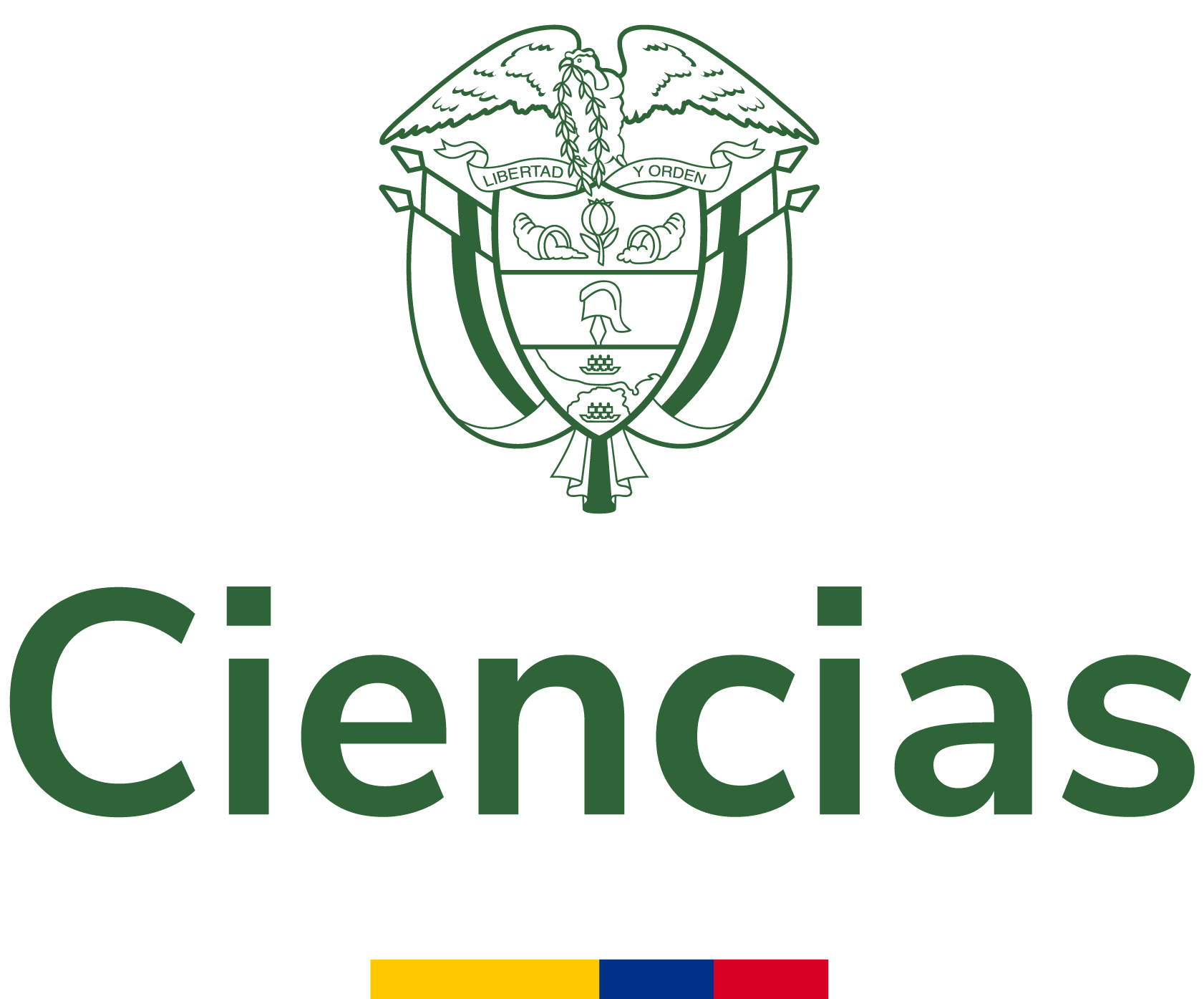Transition design and territorial intelligence. Approaches for the regeneration of the agency in the Anthropocene era.
This text addresses one of the major emergencies of the Anthropocene: the need for regeneration of human agency, through better integration between knowledge and action, in order to address crucial socio-ecological challenges. Two fields of action- research, territorial intelligence and transitions...
- Autores:
- Tipo de recurso:
- Fecha de publicación:
- 2019
- Institución:
- Universidad Católica de Pereira
- Repositorio:
- Repositorio Institucional - RIBUC
- Idioma:
- spa
- OAI Identifier:
- oai:repositorio.ucp.edu.co:10785/11287
- Acceso en línea:
- https://revistas.ucp.edu.co/index.php/arquetipo/article/view/178
http://hdl.handle.net/10785/11287
- Palabra clave:
- Rights
- openAccess
- License
- Derechos de autor 2019 Arquetipo
| id |
RepoRIBUC_6d0dc7122fe656f547125ccb3c1c9b33 |
|---|---|
| oai_identifier_str |
oai:repositorio.ucp.edu.co:10785/11287 |
| network_acronym_str |
RepoRIBUC |
| network_name_str |
Repositorio Institucional - RIBUC |
| repository_id_str |
|
| spelling |
Transition design and territorial intelligence. Approaches for the regeneration of the agency in the Anthropocene era.Diseño de la transición e inteligencia territorial. Enfoques para la regeneración de la agencia en la era del AntropocenoThis text addresses one of the major emergencies of the Anthropocene: the need for regeneration of human agency, through better integration between knowledge and action, in order to address crucial socio-ecological challenges. Two fields of action- research, territorial intelligence and transitions design, which share their focus on this kind of integration with different but complementary approaches are briefly presented. Synergies that can be established between them regarding revitalization of the agency are discussed. The conclusion is that there is great spot for cooperation in this regard since both fields share mindsets and objectives and the methods and tools of each field are complementary and mutually reinforcing.Este texto aborda una de las principales urgencias del Antropoceno: la necesidad de regeneración de la agencia humana, mediante una mejor integración entre el conocimiento y acción, ante los importantes desafíos socioecológicos. Se presentan brevemente las propuestas de dos campos de investigación-acción emergentes, la inteligencia territorial y el diseño de la transición, que persiguen esta misma integración con diferentes perspectivas, y se discuten las sinergias que es posible establecer entre ellos a propósito de la revitalización de esta agencia. La conclusión es que existe un gran espacio para la colaboración de la que ambos campos pueden salir mutuamente fortalecidos, ya que comparten objetivos, principios, métodos y herramientas propias de cada campo, que son complementarios y contribuyen a reforzarse mutuamente.Universidad Católica de Pereira2022-06-01T19:51:07Z2022-06-01T19:51:07Z2019-05-30Artículo de revistahttp://purl.org/coar/resource_type/c_6501http://purl.org/coar/version/c_970fb48d4fbd8a85info:eu-repo/semantics/articleinfo:eu-repo/semantics/publishedVersionhttp://purl.org/coar/resource_type/c_2df8fbb1application/pdfhttps://revistas.ucp.edu.co/index.php/arquetipo/article/view/178http://hdl.handle.net/10785/11287Arquetipo; Núm. 15 (2017); 7-202539-39362215-9444spahttps://revistas.ucp.edu.co/index.php/arquetipo/article/view/178/171Derechos de autor 2019 Arquetipohttps://creativecommons.org/licenses/by-nc/4.0/deed.es_EShttps://creativecommons.org/licenses/by-nc/4.0/deed.es_ESinfo:eu-repo/semantics/openAccesshttp://purl.org/coar/access_right/c_abf2Miedes Ugarte, Blancaoai:repositorio.ucp.edu.co:10785/112872025-01-27T23:59:34Z |
| dc.title.none.fl_str_mv |
Transition design and territorial intelligence. Approaches for the regeneration of the agency in the Anthropocene era. Diseño de la transición e inteligencia territorial. Enfoques para la regeneración de la agencia en la era del Antropoceno |
| title |
Transition design and territorial intelligence. Approaches for the regeneration of the agency in the Anthropocene era. |
| spellingShingle |
Transition design and territorial intelligence. Approaches for the regeneration of the agency in the Anthropocene era. |
| title_short |
Transition design and territorial intelligence. Approaches for the regeneration of the agency in the Anthropocene era. |
| title_full |
Transition design and territorial intelligence. Approaches for the regeneration of the agency in the Anthropocene era. |
| title_fullStr |
Transition design and territorial intelligence. Approaches for the regeneration of the agency in the Anthropocene era. |
| title_full_unstemmed |
Transition design and territorial intelligence. Approaches for the regeneration of the agency in the Anthropocene era. |
| title_sort |
Transition design and territorial intelligence. Approaches for the regeneration of the agency in the Anthropocene era. |
| description |
This text addresses one of the major emergencies of the Anthropocene: the need for regeneration of human agency, through better integration between knowledge and action, in order to address crucial socio-ecological challenges. Two fields of action- research, territorial intelligence and transitions design, which share their focus on this kind of integration with different but complementary approaches are briefly presented. Synergies that can be established between them regarding revitalization of the agency are discussed. The conclusion is that there is great spot for cooperation in this regard since both fields share mindsets and objectives and the methods and tools of each field are complementary and mutually reinforcing. |
| publishDate |
2019 |
| dc.date.none.fl_str_mv |
2019-05-30 2022-06-01T19:51:07Z 2022-06-01T19:51:07Z |
| dc.type.none.fl_str_mv |
Artículo de revista http://purl.org/coar/resource_type/c_6501 http://purl.org/coar/version/c_970fb48d4fbd8a85 info:eu-repo/semantics/article info:eu-repo/semantics/publishedVersion |
| dc.type.coar.fl_str_mv |
http://purl.org/coar/resource_type/c_2df8fbb1 |
| status_str |
publishedVersion |
| dc.identifier.none.fl_str_mv |
https://revistas.ucp.edu.co/index.php/arquetipo/article/view/178 http://hdl.handle.net/10785/11287 |
| url |
https://revistas.ucp.edu.co/index.php/arquetipo/article/view/178 http://hdl.handle.net/10785/11287 |
| dc.language.none.fl_str_mv |
spa |
| language |
spa |
| dc.relation.none.fl_str_mv |
https://revistas.ucp.edu.co/index.php/arquetipo/article/view/178/171 |
| dc.rights.none.fl_str_mv |
Derechos de autor 2019 Arquetipo https://creativecommons.org/licenses/by-nc/4.0/deed.es_ES https://creativecommons.org/licenses/by-nc/4.0/deed.es_ES info:eu-repo/semantics/openAccess http://purl.org/coar/access_right/c_abf2 |
| rights_invalid_str_mv |
Derechos de autor 2019 Arquetipo https://creativecommons.org/licenses/by-nc/4.0/deed.es_ES http://purl.org/coar/access_right/c_abf2 |
| eu_rights_str_mv |
openAccess |
| dc.format.none.fl_str_mv |
application/pdf |
| dc.publisher.none.fl_str_mv |
Universidad Católica de Pereira |
| publisher.none.fl_str_mv |
Universidad Católica de Pereira |
| dc.source.none.fl_str_mv |
Arquetipo; Núm. 15 (2017); 7-20 2539-3936 2215-9444 |
| institution |
Universidad Católica de Pereira |
| repository.name.fl_str_mv |
|
| repository.mail.fl_str_mv |
|
| _version_ |
1844494674974212096 |






